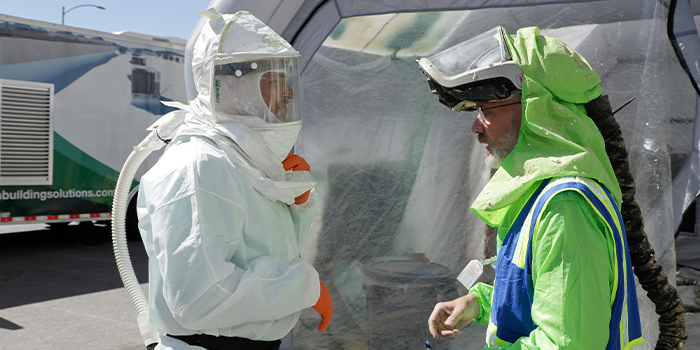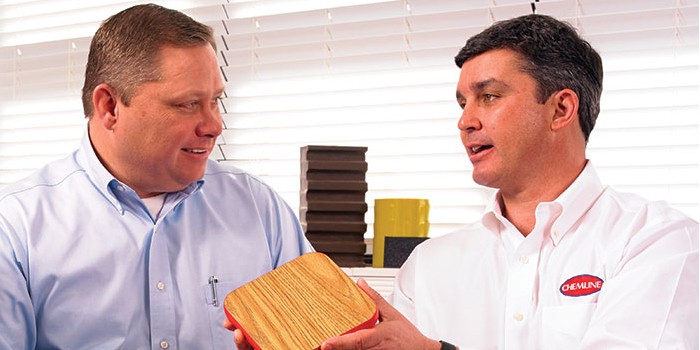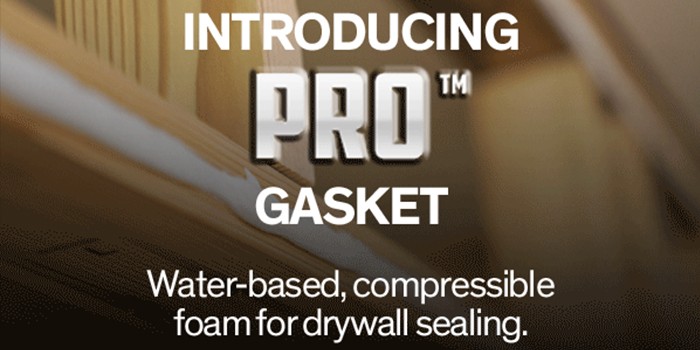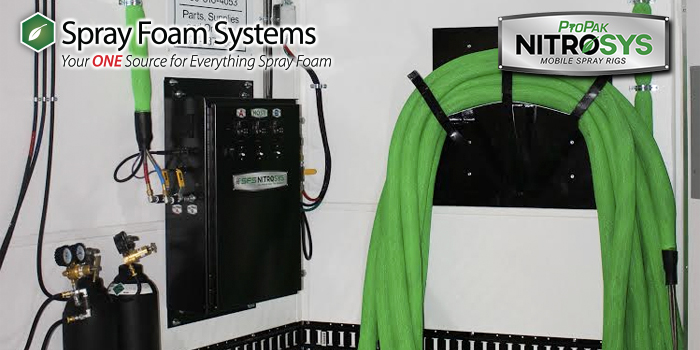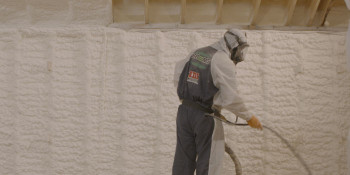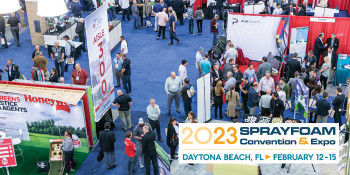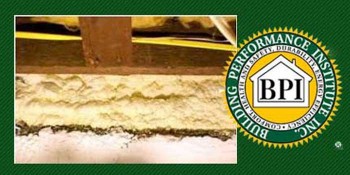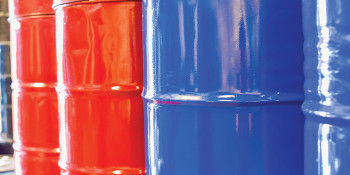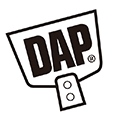Nature’s Footprint


SPRAY FOAM MAGAZINE – In November 2024, SPFA completed the 5-year update for the SPF industry environmental product declarations (EPD). These PDF documents are available from the SPFA website.1
What is an EPD?
- EPDs enable manufacturers to offer a transparent account of a product's environmental impact, that typically include:
- Global Warming Potential (GWP):
- CO2 or ‘carbon footprint’
- Ozone Depletion Potential (ODP): destruction of the Earth’s stratospheric ozone layer
- Acidification Potential (AP): generation of ‘acid rain’
- Eutrophication Potential (EP): excessive nitrogen and phosphorus in water and soil
- Smog Formation Potential (SFP): generation of smog
- Abiotic Depletion Potential (ADP): use of non-renewable energy sources
How is an EPD Created?
EPD development follows a rigorous International Standards Organization process (ISO 140402, 140443 and 140254). An EPD is a summary document derived from a Life Cycle Assessment (LCA) report or Background Report.
The LCA process begins with an inventory of all environmental impact data from every stage of the product’s life, including:
- Raw material extraction
- Transport to Manufacturing
- Processing/Manufacturing/Packaging
- Transport to Jobsite
- Installation
- Use
- Deconstruction
- Transport for Disposal
- Waste Processing
- Disposal, Reuse or Recovery
The LCA inventory is conducted by an experienced, independent program operator and must conform to the Product Category Rule (PCR) for the product. The PCR determines the scope of the LCA and impact categories.
The impacts reported are for a functional unit of building insulation, which is the amount of insulation to achieve R-5.68 over an area of one square meter.5
The LCA report details the methodology, assumptions, and standards adhered to during the assessment, and is verified by a third-party review.
Since 2012, SPFA, with funding and support of several SPFA supplier members, has worked closely with Sphera, a world-class program operator, to develop the SPF industry EPDs. Applicable products are listed at the end of each EPD.6
How are EPDs used?
EPDs allow informed decision-making among consumers, buyers and design professionals when selecting products. The level of transparency provided by an EPD is driven by green building programs, procurement policies, and regulations requiring detailed environmental disclosures. As such, EPDs help suppliers in a competitive market and contribute to reducing product impacts and supporting environmental marketing claims
Summary
EPDs are an essential document that can be incorporated in contractor bid packages, along with technical data sheets and code compliance reports. They can show complete and transparent assessment of the environmental impact of SPF to your customers and are often required by the design community on certain projects. At a minimum, have EPDs ready should your customers request them.
1 SPFA EPDs can be found here. https://www.sprayfoam.org/spf_benefits/ Click on the Sustainable option and find the EPD document links at the bottom of the page.
2 ISO 14040:2006 - Environmental management — Life cycle assessment — Principles and framework
3 ISO 14044:2006 - Environmental management — Life cycle assessment — Requirements and guidelines
4 ISO 14025:2006 - Environmental labels and declarations — Type III environmental declarations — Principles and procedures
5 ULE 10010-1 Product Category Rules (PCR) Guidance for Building-Related Products and Services Part B: Building Envelope Thermal Insulation EPD Requirements
6 Some SPF manufacturers currently publish product-specific EPDs.
For use by SprayFoamMagazine.com & Spray Foam Magazine
Disqus website name not provided.








